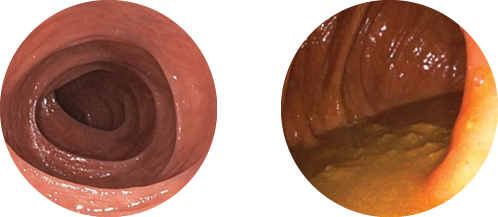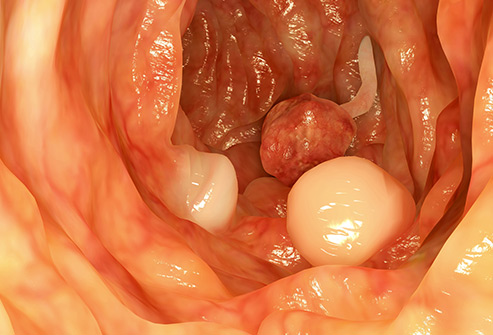Preparing for Your Procedure
An endoscopic procedure is a routine, minimally invasive procedure that allows your doctor to observe the interior linings of hollow internal organs without the need for major surgery. These procedures involve the insertion of a long, thin, flexible tube directly into the body to properly examine the internal lining of the organs in detail.
Endoscopic procedures examining the stomach, small intestine and large intestine (colon) and typically require some form preparation to ensure these organs are completely empty and can be clearly examined. Poor preparation may result in important findings being missed or the procedure needing to be repeated.

-
Endoscopic procedures are usually performed under sedation on an outpatient basis. They are considered the best tests to investigate symptoms of the digest tract, such as weight loss and abdominal pain, and assess for auto-immune conditions of the bowel, polyps, or cancers. It will take approximately 30 minutes and most patients will not remember the procedure at all. The procedures involve:
- A flexible tube being gently passed via the rectum (back passage) into the colon or via the mouth through the oesophagus into the stomach.
- Air will be pumped into the organ to expand it for better visibility (colonoscopy).
- The flexible tube is then withdrawn slowly as a camera on the tip of the tube relays images of the internal lining of the organs onto a large screen for your doctor to view.
- A tissue sample (biopsy) may be taken, or polyps (growths) removed and sent to the pathologist.
